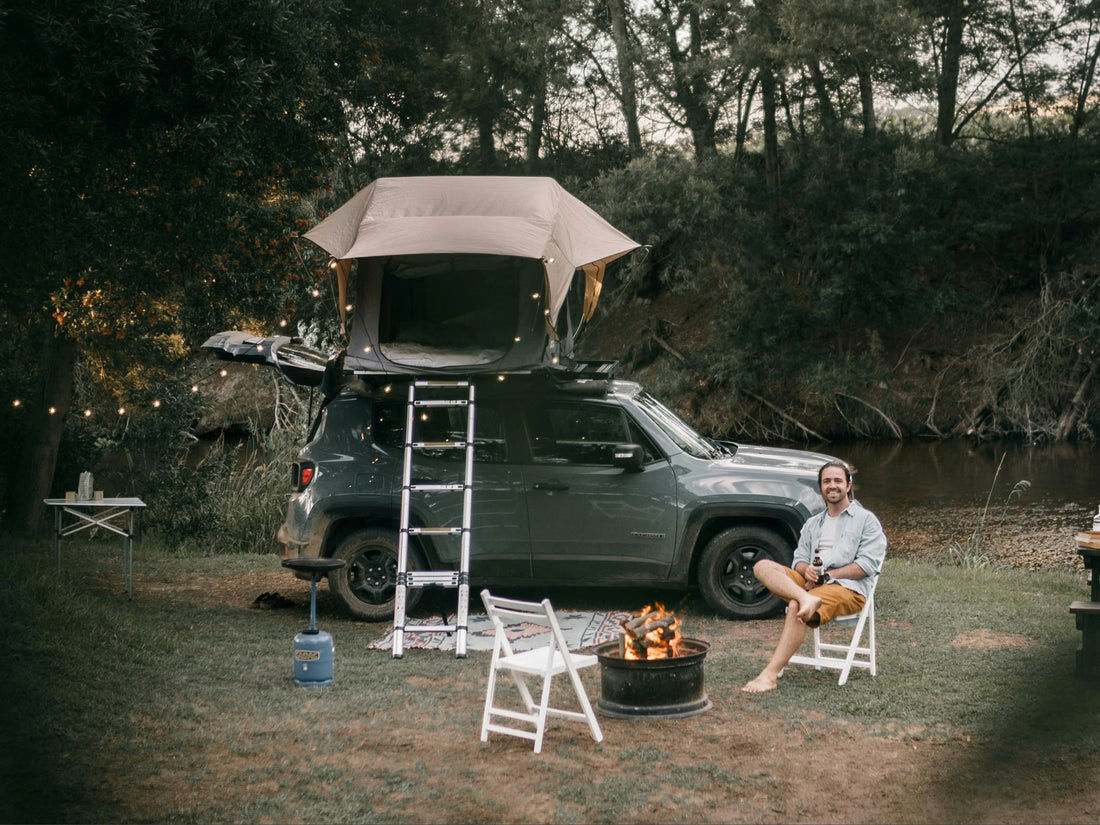Overlanding isn’t just about driving off the beaten path, it’s about the journey itself. It’s where travel, exploration, and self-reliance come together in a powerful, adventure-filled experience.
Whether you’re dreaming of a weekend escape into the wild or a months-long trek across remote regions, overlanding is your ticket to explore the world on your terms.
So, What Exactly Is Overlanding?
At its core, overlanding is vehicle-based adventure travel, typically involving off-road capable vehicles and long-distance trips through remote and rugged terrain. But more than that, it’s a lifestyle.
It combines camping, off-roading, and extended travel into one immersive experience, often taking you far from cities and conveniences.
Overlanding vs. Off-Roading: What’s the Difference?
While overlanding often involves off-road driving, the focus is different:
-
Overlanding emphasizes long-term travel and self-sufficiency. It may include overnights or even weeks in the wilderness.
-
Off-roading is typically a recreational activity that involves challenging trails, rock crawling, or mudding, usually for a day trip or short outing.
In short: off-roading is about the thrill of the trail; overlanding is about where that trail can take you.
What Do You Need to Start Overlanding?
The beauty of overlanding is that you can start small and build up your gear as you go. Here’s what you’ll need to get rolling:
1. A Capable Vehicle
While any vehicle can technically be used for overlanding, most adventurers opt for trucks, SUVs, vans, or trailers with good clearance and off-road capabilities.
2. Reliable Navigation
Paper maps, GPS units, and offline apps are key. Overlanding often takes you out of signal range, so plan ahead and know your routes.
3. Camping Setup
Think rooftop tents, ground tents, or trailers with sleeping quarters. Your setup should be easy to access and weather-ready.
4. Food and Water Storage
Self-sufficiency is everything. Bring enough water for several days and pack non-perishable, high-calorie foods. A fridge or cooler can add major comfort.
5. Recovery Gear
If you’re heading off-road, you’ll need tools like recovery boards, tow straps, a jack, and maybe even a winch in case you get stuck.
6. First Aid and Emergency Supplies
Safety first. Carry a first aid kit, extra fuel, tire repair tools, and communication devices like a satellite phone or radio.
7. Trailer or Tow Setup (Optional)
Overlanding trailers are becoming increasingly popular. They allow for more cargo, water, and kitchen setups while keeping your vehicle more mobile. Tools like a Trailer Valet mover make it easy to reposition or store your trailer between trips.
Why People Love Overlanding
Overlanding lets you reconnect with nature, with your own resilience, and with the people you travel with. You’re not limited to campgrounds or paved highways. Instead, you set the route, decide when to stop, and build a personal experience that’s as rugged or refined as you like.
From scenic national parks to backcountry trails few people ever see, overlanding puts freedom back into travel.

